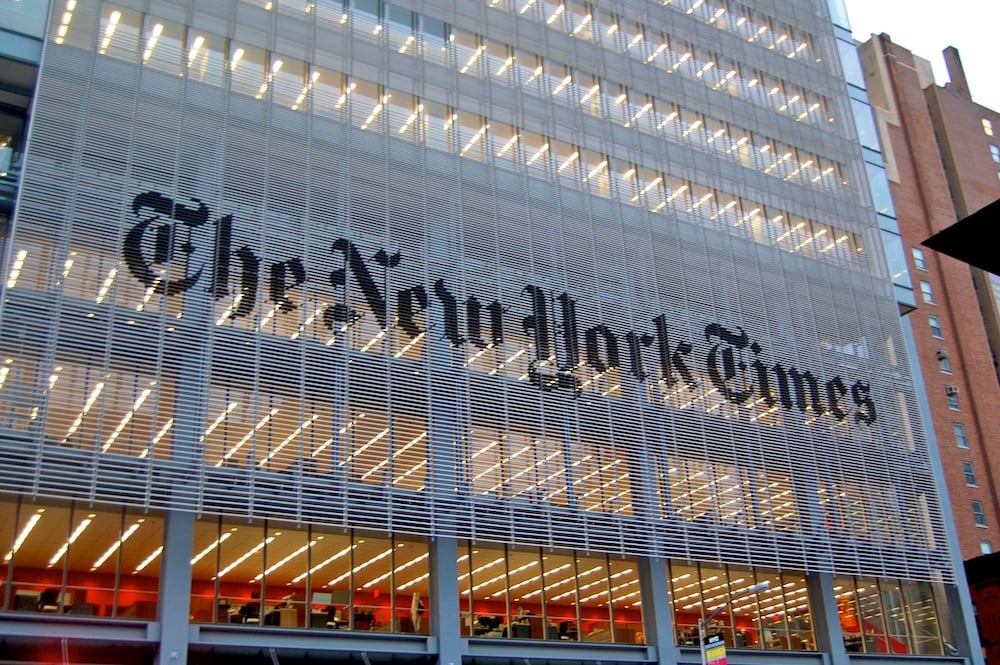As a freshman journalism major, I visited the Newseum in Washington, D.C. There, I learned about the intrepid investigative reporting of Nellie Bly, the sober political commentary of Edward R. Murrow, and the dogged, life-risking determination of reporters who covered 9/11. I looked at Pulitzer Prize-winning photographs that brought tears to my eyes.
But when I left the Newseum, I walked away with one of their postcards from the gift shop. It said, in bold white letters on a black background, “Trust me. I’m a reporter.”
Login to read more
Sign in or create a free account to access Subscriber-only content.
Topics:
